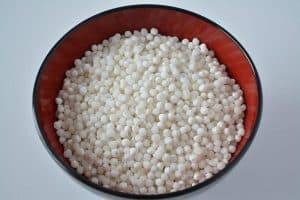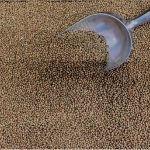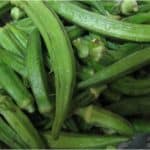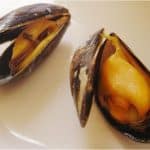Sago and tapioca pearls, though often used interchangeably and having similar shape and form, may come from different sources. Sago is made from the pith of an array of tropical palm trees, whereas Tapioca pearls are made with tapioca or the starch from cassava, a root crop. Another variation of sago, known as nylon sago is also available in certain countries such as India, which refers to partially pre-cooked sago which is steamed and dried before packing. All three of these ingredients are often used interchangeably in sweet as well as savory dishes and bubble teas. Sago, nylong sago and tapioca pearls are safe to eat during pregnancy.
Sago pearls improve your digestive health and prevents constipation, acidity, and heartburn. It is also a rich source of protein, which not only helps you maintain muscle but also facilitates the growth of your baby. Moreover, abundant is rich in minerals like calcium and carbohydrates, which makes it a great source of energy. Another reason why you should have abundant while pregnant is that it can prevent birth disorders because it contains vitamins like folic acid and vitamin B. It is also a great source of antioxidants, which improve the health of your skin and hair, reduce inflammation and help prevent heart disease. According to the Harvard School of Public Health, antioxidants can even reduce your risk of cancer.
One precaution that you must take is ensuring that you avoid eating unprocessed sago seeds as this can cause liver damage and severe nausea. This is because sago is derived from tapioca, which contains toxins. So if sago is unprocessed, these toxins are not removed from it yet. Read more about eating tapioca or cassava roots here:
It’s also okay to use sago flour in your cooking.






